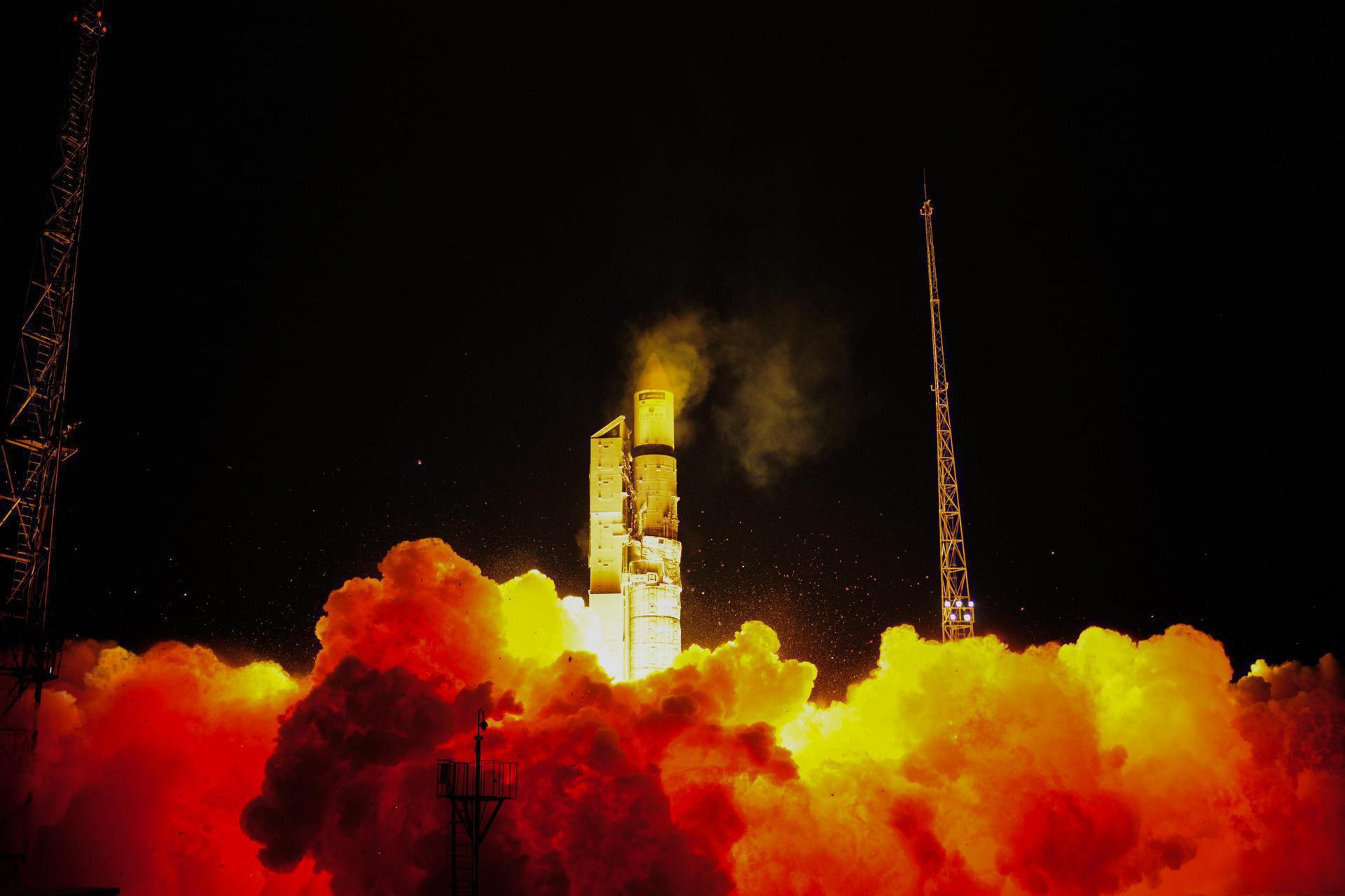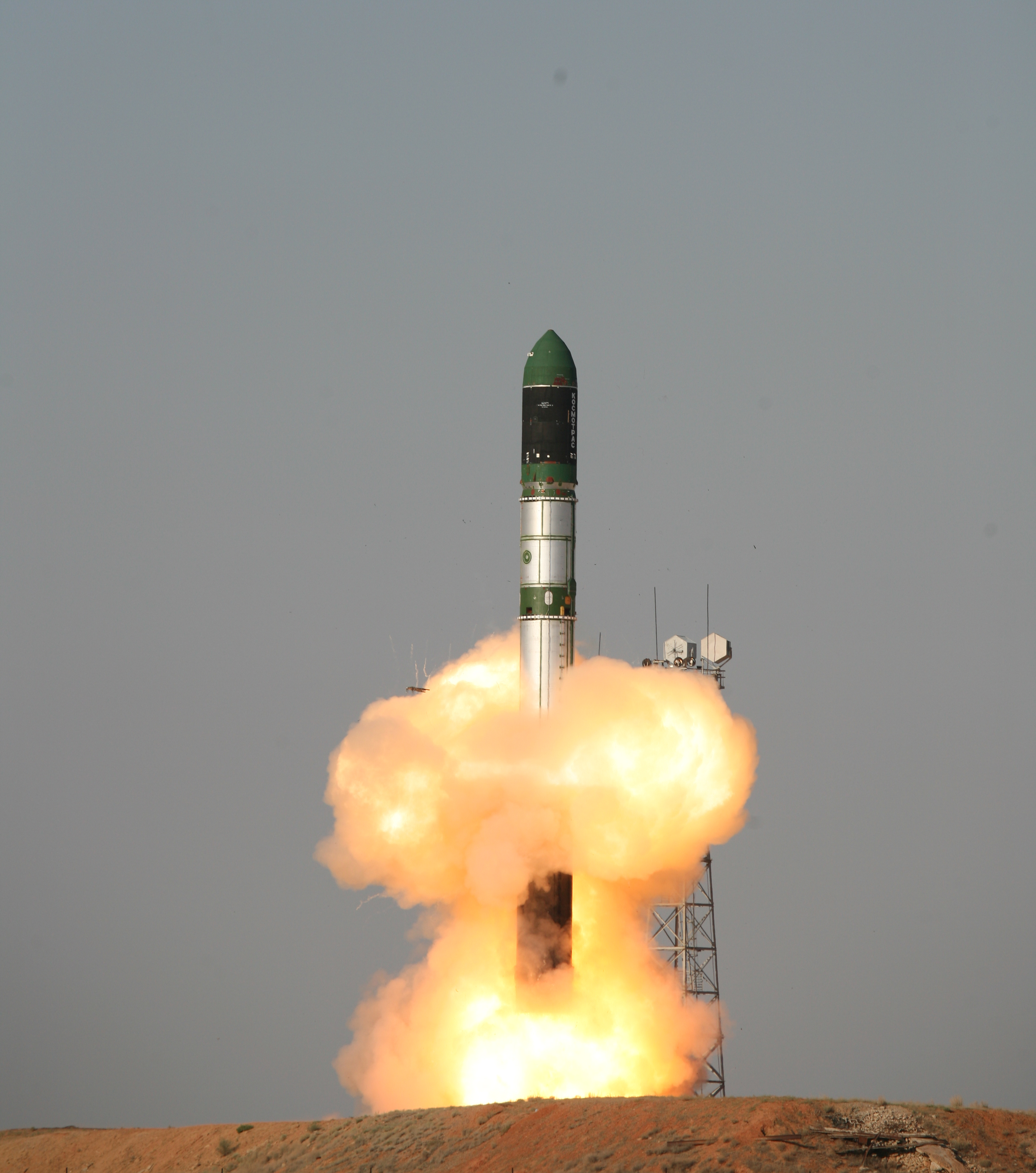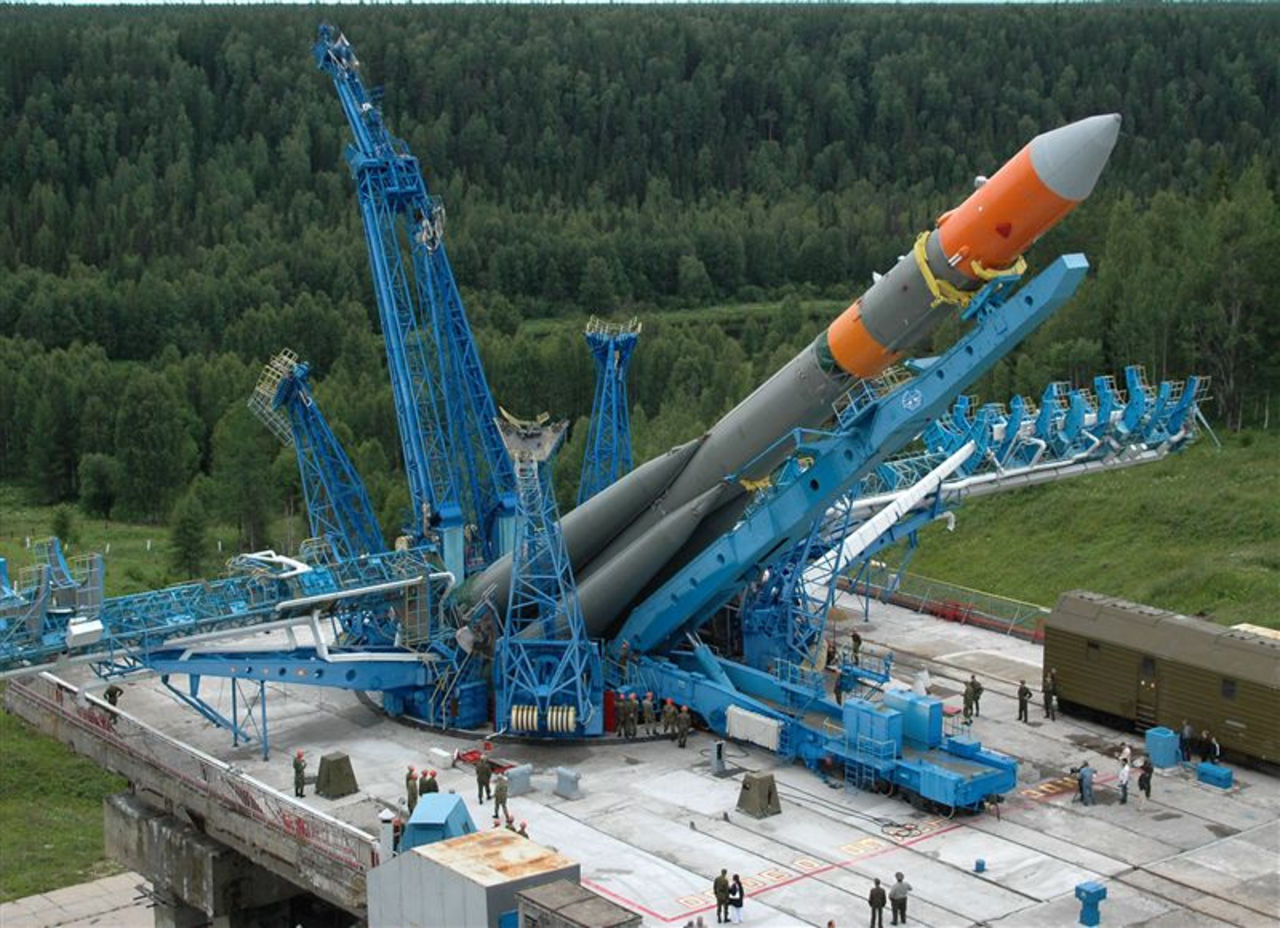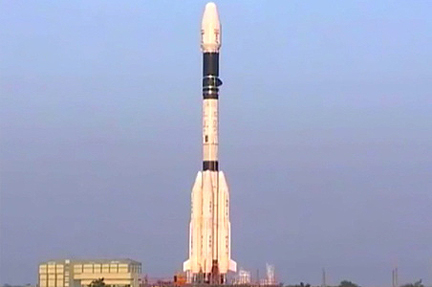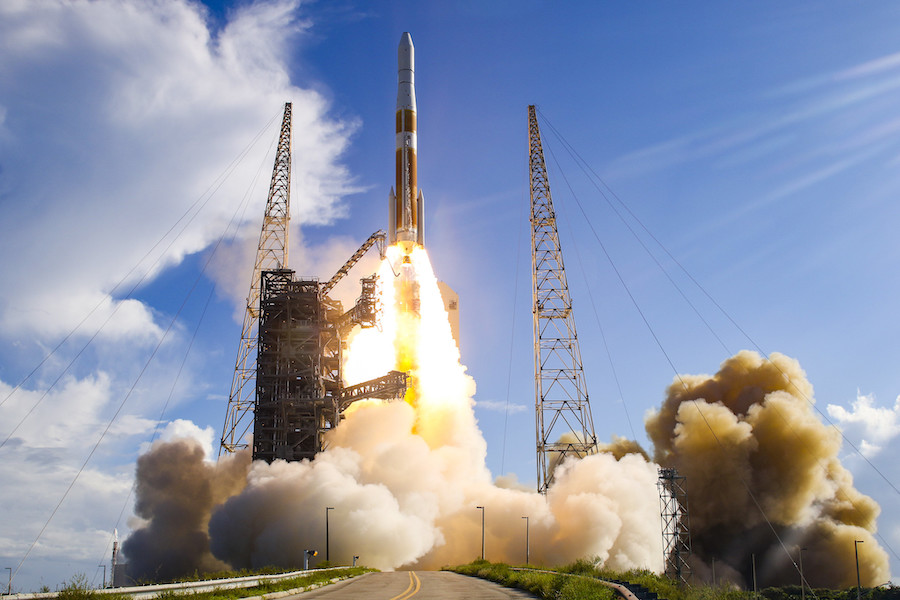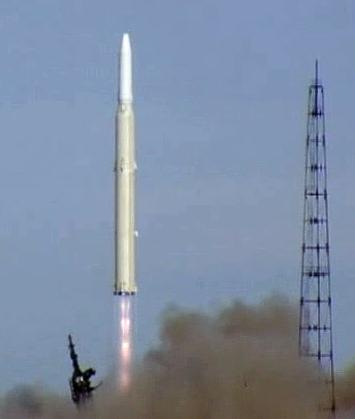Previous Spaceflight Launches
Filter by Agency, Locations or Vehicles
Show All LaunchesProton-M Briz-M | Hot Bird 8
Khrunichev State Research and Production Space Center | RussiaBaikonur Cosmodrome, Republic of Kazakhstan
Aug. 4, 2006, 9:48 p.m.
Status: Launch Successful
Mission:
Hotbird 8's mission is to replace existing Hotbird capacity and to join Hot Bird 7A in bringing in-orbit sparing to a level where 13° East can maintain its reputation as one of the most secure multi-satellite video neighbourhoods. The satellite has been designed to cover all 102 Ku-band transponders/frequencies at 13° East which means that it can substitute any transponder on the other Hotbird satellites.
Geostationary OrbitRokot / Briz-KM | Arirang-2
Russian Aerospace Defence Forces | RussiaPlesetsk Cosmodrome, Russian Federation
July 28, 2006, 7:05 a.m.
Status: Launch Successful
Mission:
KOMPSAT 2 (Korean Multi-purpose Satellite 2) is a lightweight Earth observation satellite developed by the Korea Aerospace Research Institute KARI. It provides high-resolution images, produced by the Multi-Spectral Camera (MSC), of the Korean peninsula for the production of maps and digital elevation models, applications for which include land use planning and disaster and risk management.
Medium Earth OrbitDnepr | BelKA
ISC Kosmotras | RussiaBaikonur Cosmodrome, Republic of Kazakhstan
July 26, 2006, 7:43 p.m.
Status: Launch Failure
Mission:
BelKa 1 is a remote sensing satellite that utilizes the Victoria universal satellite bus. Developed by Rocket and Space Corporation Energiya, Russia, under a contract with TSNIIMASH-Export, Russia, for National Academy of Sciences of Republic of Belarus as the final customer of the satellite.
Sun-Synchronous OrbitMolniya-M | US-K 83
Russian Space Forces | RussiaPlesetsk Cosmodrome, Russian Federation
July 21, 2006, 4:20 a.m.
Dnepr | Genesis-1
ISC Kosmotras | RussiaDombarovskiy, Russian Federation
July 12, 2006, 2:53 p.m.
Status: Launch Successful
Mission:
Genesis Pathfinder is a technology demonstration for the inflatable Nautilus space station structure as a prototype for a space hotel by Bigelow Aerospace. Once in Earth orbit, the one-third scale hardware is to produce important data regarding multiple features of a full-scale spacecraft. Genesis 1 will be pressurized with nitrogen, but later units will use an oxygen/nitrogen mixture. Genesis includes also windows and an airlock simulator with key seal interfaces. Genesis is 10 ft×8 ft in size when inflated.
Low Earth OrbitGSLV | INSAT-4C
Indian Space Research Organization | IndiaSatish Dhawan Space Centre, India
July 10, 2006, 12:08 p.m.
Space Shuttle Discovery / OV-103 | STS-121
National Aeronautics and Space Administration | United States of AmericaKennedy Space Center, FL, USA
July 4, 2006, 6:37 p.m.
Status: Launch Successful
Mission:
STS-121 was a 2006 NASA Space Shuttle mission to the International Space Station (ISS) flown by Space Shuttle Discovery. The main purposes of the mission were to test new safety and repair techniques introduced following the Columbia disaster of February 2003 as well as to deliver supplies, equipment and European Space Agency (ESA) astronaut Thomas Reiter from Germany to the ISS.
Low Earth OrbitDelta IV M+(4,2) | NROL-22
United Launch Alliance | United States of AmericaVandenberg SFB, CA, USA
June 28, 2006, 3:33 a.m.
Status: Launch Successful
Mission:
These spacecraft are probably the replacement for the Trumpet SIGINT satellites operating in a Molniya orbit. As no name is known, these are referred here as "Trumpet Follow On". Possibly these satellites might be named Raven. These satellite most likely use a large, unfurlable dish antenna to collect the signals. Advances in both antenna and electronics technologies have allowed for a large reduction in size compared the Trumpet predecessors.
High Earth OrbitTsiklon-2 | US-PM 13
Yuzhnoye Design Bureau | UkraineBaikonur Cosmodrome, Republic of Kazakhstan
June 25, 2006, 4 a.m.
Status: Launch Successful
Mission:
US-PM (Upravlenniye Sputnik Passivny Modifikirovanny) (also reported as US-PU) was a solar powered improved EORSAT (Electronic Ocean Reconnaissance Satellite). It used an passive ELINT devices to track naval vessels from space by registering their electronic emmissions.
Low Earth OrbitSoyuz U | Progress M-57
Russian Federal Space Agency (ROSCOSMOS) | RussiaBaikonur Cosmodrome, Republic of Kazakhstan
June 24, 2006, 3:08 p.m.

